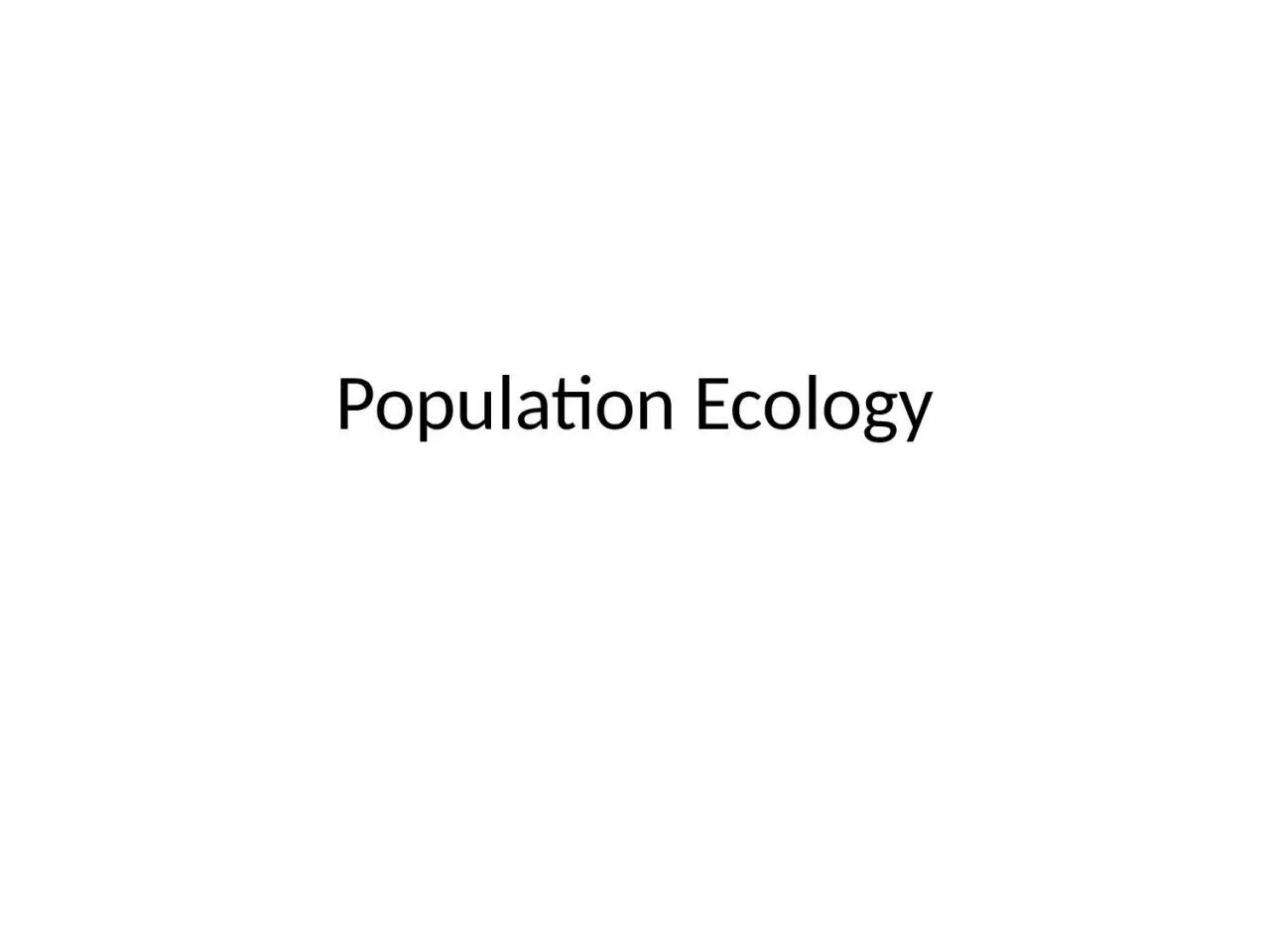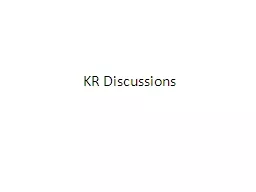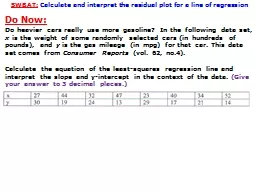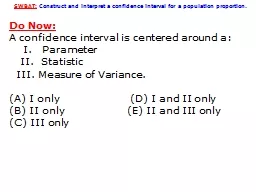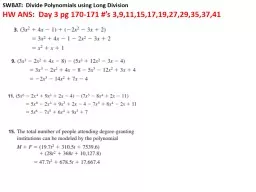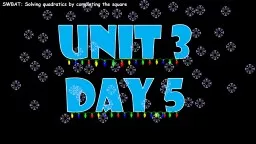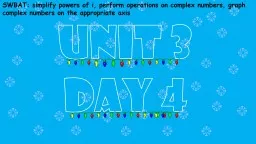PPT-Population Ecology SWBAT: Apply measuring a population to real world situations.
Author : jones | Published Date : 2023-10-28
SW discuss with their groups how estimating a population could be used in a real world situation Population Ecology Measuring a population Growth Curves Biotic Potential
Presentation Embed Code
Download Presentation
Download Presentation The PPT/PDF document "Population Ecology SWBAT: Apply measurin..." is the property of its rightful owner. Permission is granted to download and print the materials on this website for personal, non-commercial use only, and to display it on your personal computer provided you do not modify the materials and that you retain all copyright notices contained in the materials. By downloading content from our website, you accept the terms of this agreement.
Population Ecology SWBAT: Apply measuring a population to real world situations.: Transcript
Download Rules Of Document
"Population Ecology SWBAT: Apply measuring a population to real world situations."The content belongs to its owner. You may download and print it for personal use, without modification, and keep all copyright notices. By downloading, you agree to these terms.
Related Documents

